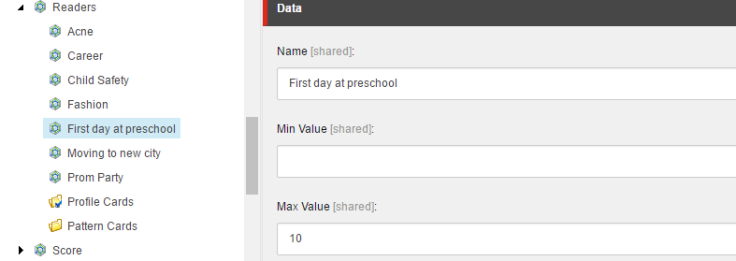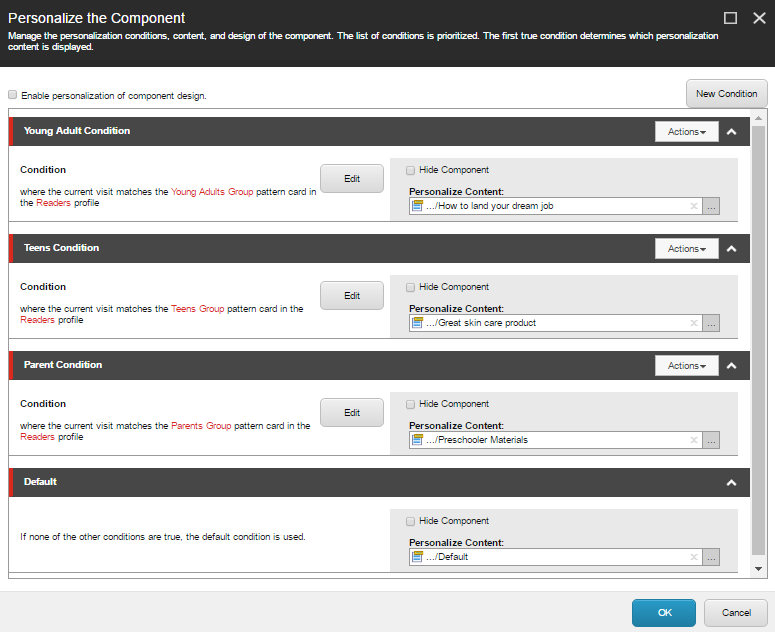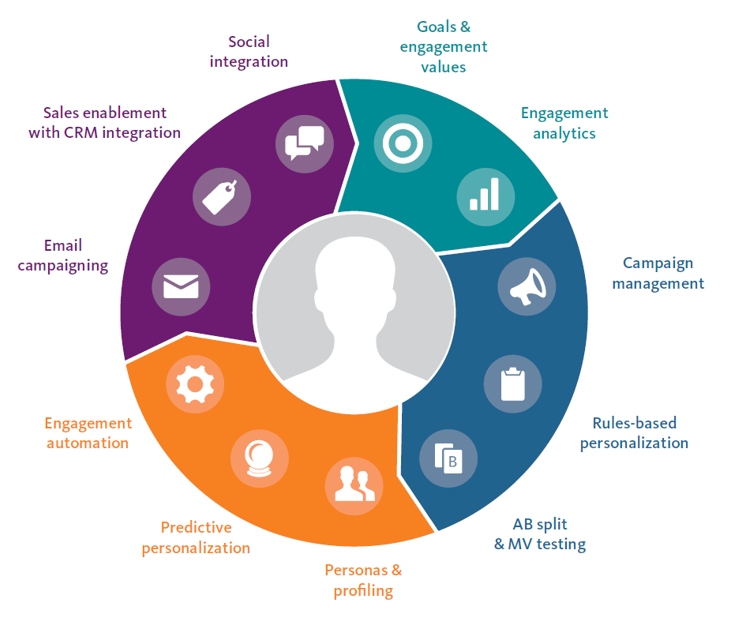Working with personas, profiles, and patterns take a lot of planning, a lot. But I understand where you are trying to get your feet wet, in the nice warm water of Sitecore XP.
@sestocker is right that you do need to think about goals and the engagement value (EV), but your question was directly related to personalization based on the users' site behavior.
The first level of planning is this: at a very high level, pick a specific section of your site that you feel you can clearly define into a profile, and then into a set of profile keys. When I talk about this, I usually resort to talking about Jets because we can all get our hands on the Sitecore Jets demo. The Jets demo has two profiles that are configured, but let's use the "Visit Profile" as an example.
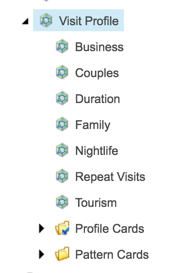
They are talking about vacations trips, and designing profiles that could clearly define the user's experience for each one of those trips. These are Profile Keys.
Then they take the Profile Keys and define Profile Cards, which ranks on a defined scale how much a trip would fit into each one of these groups. It's a way of defining a set of profiles as a group, not one by one on each page, which would take forever to do. This is important to understand because a trip is unlikely be only for family, or only for business. It would be heavily family-based, with nice amenities for couples, and very few resources for business.

In the image above, we see the Business profile card. The Business profile is defined as great for Business (5 on a scale of 1-5), good for Duration (4) and a moderate Nightlife (2). It has no Family benefits (0) and is not good for Couples (1).
We do this over and over again, for a few defined profile cards that we can clearly outline our pages/products/news/etc as. Again, this takes planning and a good understanding of what you want your web site user to do. Where are you trying to get them to go? What are you trying to make them do?
All the work in profile keys and profile cards is just for score keeping. Where the rubber hits the road is in pattern cards. Pattern cards is where we define our web user, based on the things they are doing.

Pattern cards are similar to profile cards in that you have selectors that rank your profiles on a defined scale (1-10 now). But this time it's about an aggregation of points, not a value you are assigning to the user. Let's say a user visits a page with business value of 5, family 2, duration 3, then visits a page with a business 5, family 1, duration 2. They have now accumulated a score of busines 10, family 3, duration 5.
Sitecore takes this information and tries to match it to one of your pattern cards. You are trying to identify if the user is looking at business trips, or shopping for a trip that is family-based. Not because they told you, but becasue they are looking at pages that you have defined and scored.
Now you can personalize content for your web user when you select the rule "when the current visit matches the specific pattern card in the specific profile" in the personalization rules window.
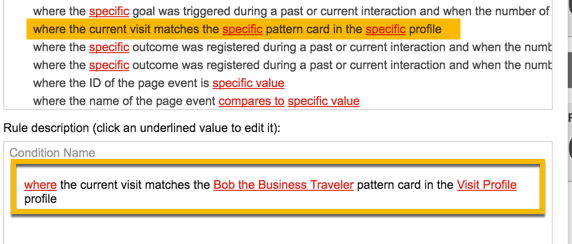
You can also see your top pattern hits on the dashboard for the Experience Analytics. Also check out Pattern Matches under the audience menu in Experience Analytics. It has tons of info.
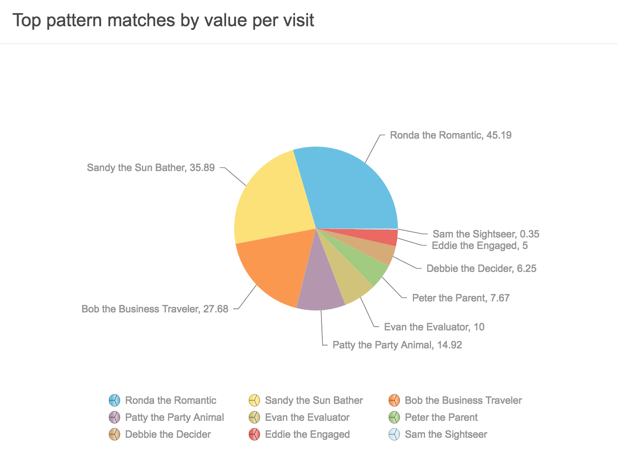
Again, it takes a lot of planning to get this right, and effectively define what the client is looking to accomplish, plus mix in the goals, events, outcomes, and EV as well.





